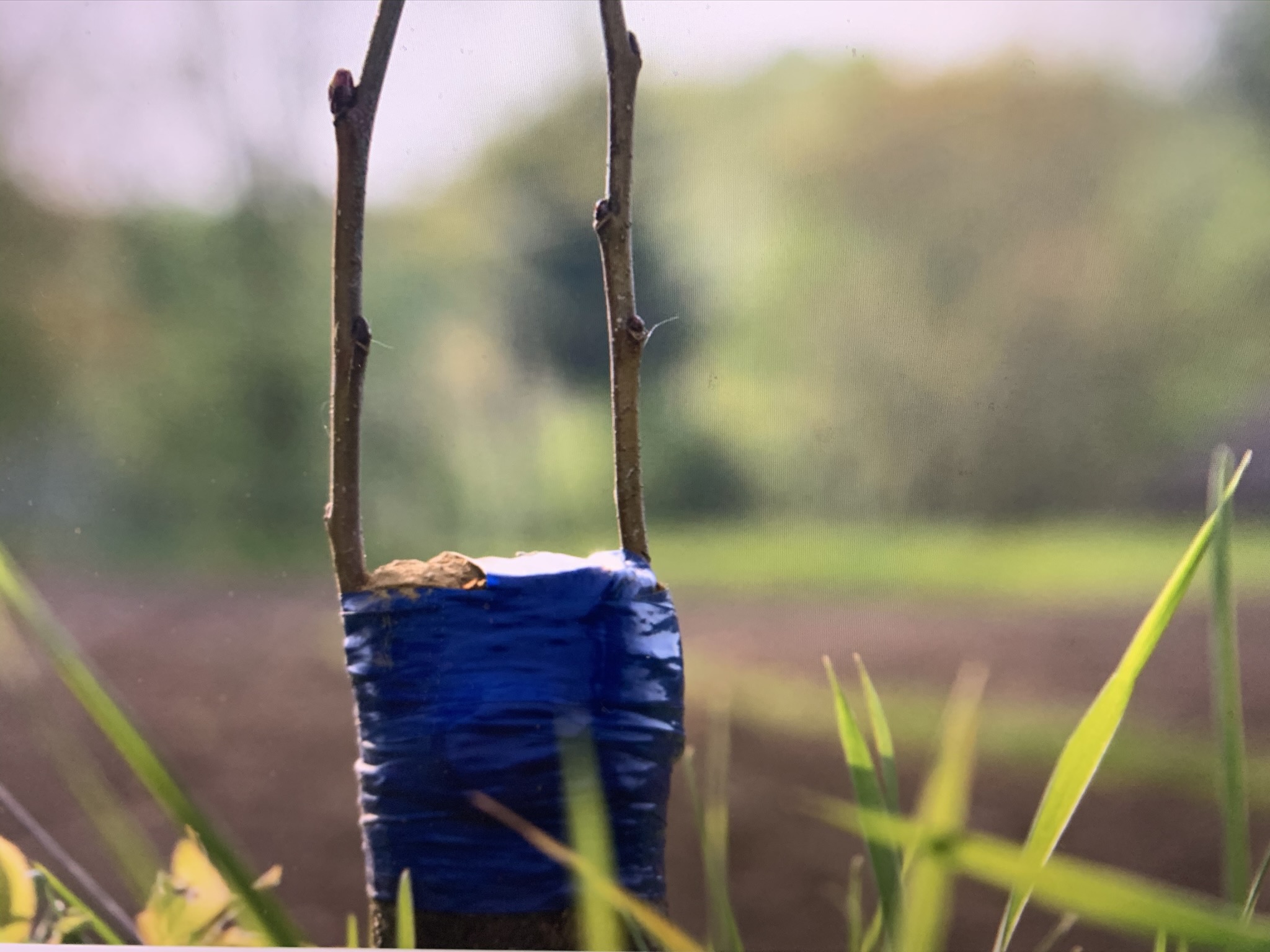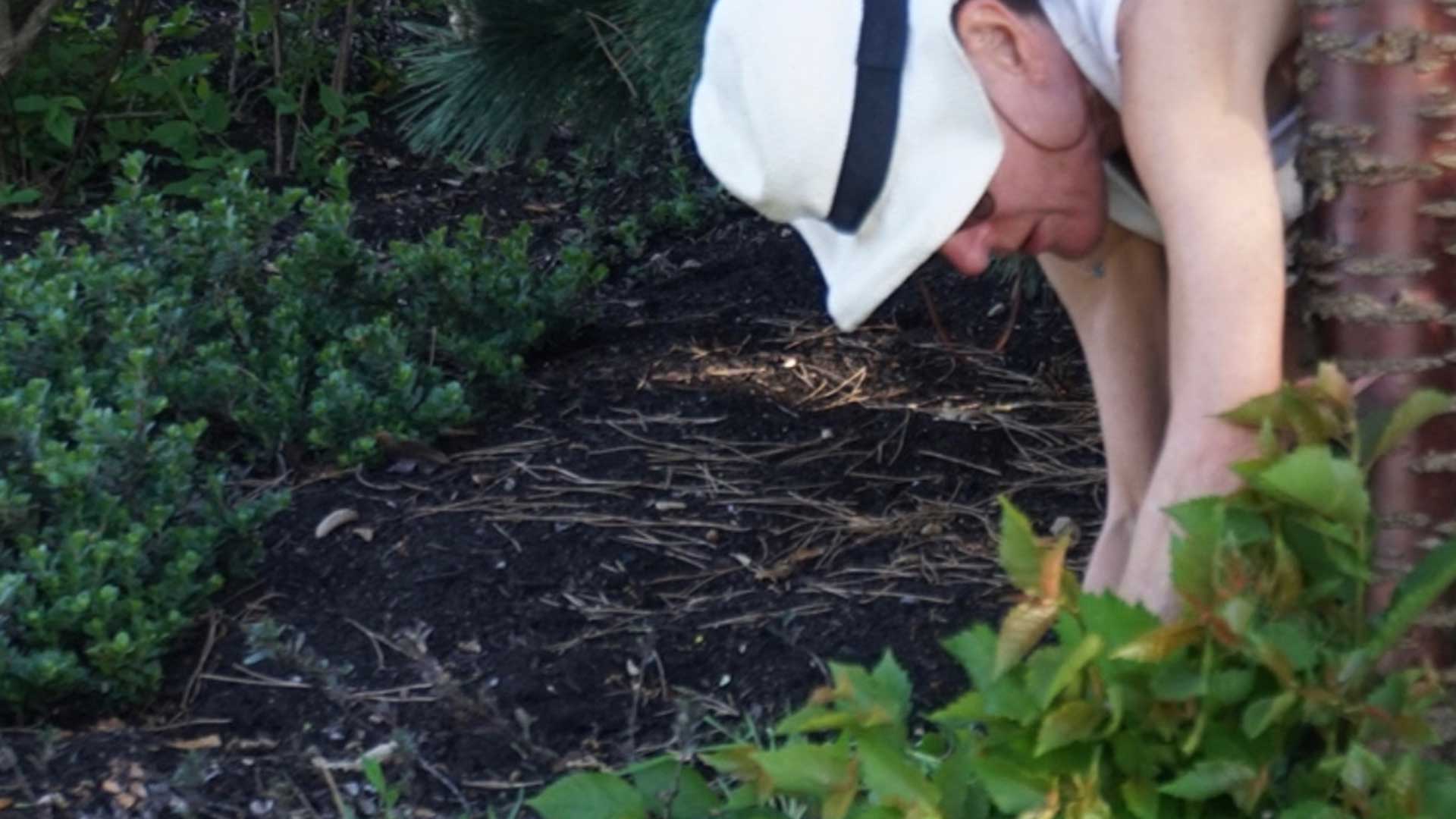Cut the Suckers
Impermanence
One April a few years ago I was lucky enough to be in Japan during cherry blossom season. I happened to be staying at a little ryokan (A traditional Japanese bed and breakfast hotel) near the Imperial Palace Park in Kyoto.
I was aware that the Japanese loved their cherry trees and how they eagerly waited for them to blossom each spring but I had no idea the cultural depth of this tradition.
In the early light of morning the park was filled with locals. They were out in droves with their cameras; diligently honoring the impermanence of their two weeks of beauty.
Professional wedding photographers were taking pictures of their brides under the trees, babies were being photographed among the blossoms and fashion photo shoots were in full swing.
So I had to have a cherry tree in my garden. Scouting for the perfect one last fall at a local nursery the display of blossoms immediately won me over but the trunk… The trunk was every bit as beautiful and a work of art on its own. What I didn’t understand was the intriguing world of GRAFTING.
Grafting
Grafting is a technique that has been practiced for thousands of years, particularly by the Chinese. Fruit trees are almost always grafted. They are grafted to produce a plant variety that is identical to the original source. If a plant is grown from seeds from the parent, just like our children, each one will have its own unique characteristics. So grafting allows fruit tree growers to get an exact replica of the parent tree.
A grafted tree is the union or marriage of two trees. The “rootstock” or trunk of the tree is chosen for its strength, its beauty and its height. It is also chosen because it has a high resistance to disease and can support the “bud” or the fruit to develop into a strong and healthy fruit producer.

To graft , the bud is inserted into the trunk, usually wrapped tightly together. The body and the bud are unified as the sap travels into the bud. You can see the scar where the unification has taken place.
The other reason fruit trees are grafted is to cut down on the time it takes the tree to fruit. For example an apple tree that is not grafted will not produce fruit for up to 10 years. A grafted apple tree can produce fruit in a mere 4 years.
Smaller fruit trees do very well planted in pots. This is helpful if you need to move them in or out of the cold. However if you are planting a larger fruit tree be sure you research what trees do well in your climate.
An old wives tale and a words of wisdom
The story goes that in the 1800’s when the grafting of fruit trees became a big money maker certain nursery salesmen would peddle their latest cuttings as the “newest and best ”variety of fruit tree. Commonly these were nothing but more of the same and they would take advantage of eager farmers desperate for the next great tree.
So this was called ”getting grafted”.
My cherry is growing beautifully. A few weeks ago I noticed a large number of suckers growing from the rootstock. I asked one of my gardening friends if I should cut the suckers . He said , “ oh yes, you must ALWAYS cut the suckers!” He explained that the energy will go to the suckers rather than the tree if not. So if you do decide to plant a fruit tree the lessons are… don’t get grafted and ALWAYS cut the suckers.
XO, Dundee
Subscribe to our free newsletter
Make sure you never miss a story. Simply leave your email below to subscribe to my newsletter.
* Add notice about your Privacy Policy here.

